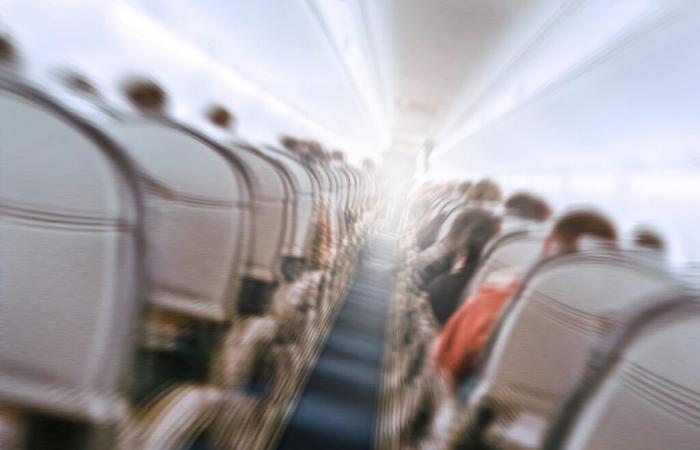Airplane turbulence is an experience that many fear. These unexpected jolts, often due to changes in air currents, can make a flight uncomfortable or even stressful. Although they are an inevitable part of air travel, new technology based on artificial intelligence (AI) could soon revolutionize the way planes deal with this turbulence. Explanations.
Turbulence: an undesirable but inevitable phenomenon
THE turbulence occur when the aircraft passes through areas of the atmosphere where air currents become unstable or irregular. This can be caused by several factors such as sudden changes in wind speed or direction, temperature differences, or weather phenomena like thunderstorms or cold fronts. Although generally benign and harmless to the aircraft, these variations create shaking which can disrupt the flight and be particularly uncomfortable for passengers.
They can occur at any time during flight, but are often more common at certain altitudes, such as mid-flight at high altitudes or when crossing mountains. These shocks can also vary in intensity, ranging from light shocks to more violent shocks which can affect the stability of the aircraft, although the latter is designed to resist them. Using their instruments and experience, pilots attempt to predict and avoid these areas of turbulence by adjusting the altitude or changing the plane’s trajectory. However, turbulence can sometimes occur without warning, making it more complex to manage.
One of the major challenges pilots face is that turbulence can be localized and of short durationwhich makes their anticipation and avoidance difficult. Although modern weather forecasting has made great strides in identifying potentially turbulent areas, it is not always possible to predict exactly when and where they will occur.
The AI solution: how does it work?
A team of researchers has developed a revolutionary technology that could solve this problem: AI called FALCON. This system uses an approach reinforcement learninga type of artificial intelligence that learns from its mistakes and adjusts to improve its performance. FALCON was designed to understand the underlying principles of turbulence in order to adapt to flight conditions and compensate for the effects of buffeting in real time.
The heart of this technology is based on the use of Fourier wavesmathematical functions which make it possible to model turbulence in the form of periodic waves. Researchers found that wind and turbulence naturally follow this pattern, which allowed FALCON to better anticipate changes in flight conditions. When the system detects turbulence, it immediately adjusts the aircraft’s controls, including wing angle or orientation, to maintain a stable trajectory.
Laboratory tests: promising results
To validate this technology, the researchers carried out tests in a Caltech wind tunnel where they simulated turbulence using a drone equipped with pressure sensors and control surfaces. After only nine minutes learning, the AI was able to compensate for turbulence and stabilize the drone by adjusting his movements. These results proved that AI could respond quickly and effectively to disruptions, even in complex and unpredictable conditions.
This opens up exciting prospects for commercial aviation. If this technology is one day implemented in commercial aircraft, it could indeed significantly reduce the jolts felt by passengers, thus providing more pleasant and safer flights. This advance could also have applications in other areas, such as drones or unmanned aerial vehicles, by improving their stability and safety during flights in variable conditions.
Although the test results are promising, there are still several challenges to overcome before this technology can be deployed on a large scale. One of the main hurdles is reducing the time it takes for AI to learn to adapt to turbulence. Currently, the adaptation process takes several minutes, but it would be crucial to reduce this time so that the AI can react instantly during flight. Additionally, sharing data between aircraft to predict turbulence requires a strong security protocol to avoid the risk of cyberattacks.






